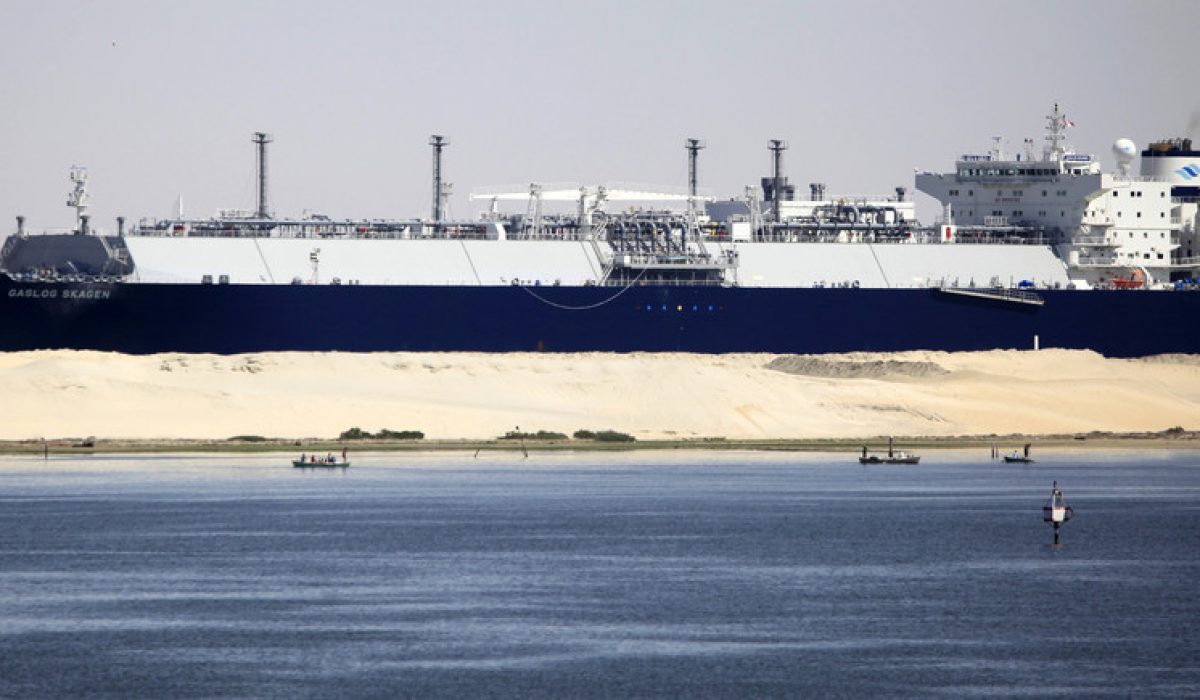The shipping industry may be conservative, but fuel costs and environmental regulation are driving long-term technical and operational changes in the sector. On Nov 18, senior executives from government and business gathered in Seoul to discuss these changes at “View from the Bridge: Transformations in Global Trade”, a conference programmed by The Economist events and sponsored by GE.
Traditionally, the industry has relied upon sulphur-laden heavy fuel oil (HFO) to power its vessels. In view of the high sulphur and carbon content of HFOs, however, ships will be required as of January 1, 2015, to use fuel with a maximum of 0.1% sulphur content when sailing in Emissions Control Areas (ECAs)—down from 1% today. By 2020, the global regulation will also be updated, albeit with a slightly less stringent sulphur output for fuels: 0.5% (from 3.5% today).
The transition will not be without cost. Switching to lower-sulphur fuels could cost the shipping industry some $70bn per year through 2020, according to International Chamber of Shipping (ICS) estimates. The industry also fears a CO2 cap in the future. How much these regulations will cost end users is unclear, however, given the current situation of overcapacity—and therefore intense competition—in the shipping sector today.
What is clear, though, is that fuel costs have now overtaken human resources costs to account for 30-40% of a voyage’s cost (2012 figures), making it a shipowner’s largest operational expense. Record low oil prices are a welcome relief for the industry in this context, albeit a small and temporary one—fuel costs have risen approximately 400% in the last 15 years, according to ICS.
Operators don’t necessarily need to acquire new, more fuel-efficient ships, however. Vessel upgrades—including new bow designs, engine re-rates, alterations to propeller trims and new paints for hulls—can help cut water resistance or otherwise improve fuel efficiency. Reducing cruising speeds, a practice known as “slow steaming”, can also cut fuel consumption—and pollution.
The overall result, Esben Poulsson, vice chairman of the International Chamber of Shipping and chairman of Singapore-based shipping firm Avra Asia Pte, maintained, has been significant: The IMO found that the industry had cut emissions by 10% between 2007 and 2012. And while shipping had been estimated to have produced 2.8% of the world’s total greenhouse gas emissions in 2007, in 2012, that figure had dropped to 2.2% despite a larger global fleet, Mr Poulsson said. Even so, continued efforts will be needed. The IMO’s “business as usual” scenario, for example, indicates emissions for the sector could grow in the range of 50-250% by 2050.
Regardless of data, however, the combination of high fuel costs and environmental demands holds clear implications for shipyards. “Our destiny as a builder is to produce higher-efficiency ships,” Ko Jae-ho, CEO of Daewoo Shipbuilding and Marine Engineering (DSME), said. According to Mr Ko, DSME’s R&D investments have enabled the company to improve fuel efficiencies in HFO ships by 20% in five years, while changes in engine design have upgraded fuel efficiencies by 9% in liquefied natural gas (LNG) carriers—a rising sector where Korean shipyards have a strong comparative advantage.
Although several participants suggested atomic as a future fuel, others argued that the politics of nuclear militate against widespread use. By contrast, intense research is under way worldwide on LNG.
“We believe that LNG will substitute for other fuels over the medium-to- long-term,” said GE’s CEO and Chairman Jeff Immelt, noting that beyond North American shale gas, natural gas deposits are being discovered worldwide. “There might be locomotives that switch from diesel to natural gas, there might be more marine applications that go from diesel to natural gas.”
Mr Ko said DSME is already constructing 100% LNG-fuelled medium-container ships; in advance of upcoming environmental regulation, shipowners are asking his yard to ensure that their new vessels’ tanks can be upgraded for LNG. Even so, the number of LNG-fuelled vessels remains small. Excluding LNG carriers, which are dual-fuel, only 48 LNG-fuelled ships are in operation, according to the World Ports Climate Initiative. While the number is expected to double by 2018, it remains negligible in view of the 5,829 non-LNG vessels operated by liner companies worldwide in 2013.
One barrier to fuel switching is a dearth of bunkering facilities globally: Only a handful of leading-edge ports—such Hirtshals in Denmark and the Maritime and Port Authority of Singapore—have LNG bunkers for ships. But the trend is spreading; according to the classification society Det Norske Veritas, LNG bunkering facilities are being planned across the world, with Europe—notably the Nordic countries, especially Norway and Sweden—playing a leading role.
Busan Port Authority (BPA), which already incentivises greener ships by giving them a 15% discount on docking fees, will also begin construction of LNG-bunkering facilities next year, according to BPA’s president Lim Ki-tack—although he expressed concerns about short-term profitability. The establishment of ECAs may also be a driver of demand. A 2014 study by Lloyds Shipping Register, for example, showed that ports in ECAs anticipate that 13% of fuel supplied will be LNG by 2020.
Natural gas is thus becoming the fuel of choice it seems, but whether it becomes a “transitional” fuel or the final “destination” for the industry remains to be seen. Much will depend on how fast the infrastructure gets built.
Published in collaboration with GE Look Ahead
Author: Andrew Salmon writes for GE Look Ahead.
Image: A Gaslog Skagen ship passes in the Suez canal near Ismailia port city. REUTERS/Amr Abdallah Dalsh.
Publicado originalmente en weforum.org



